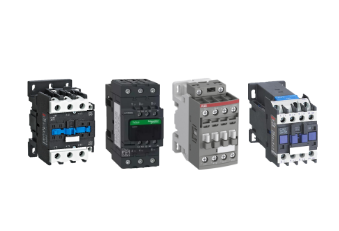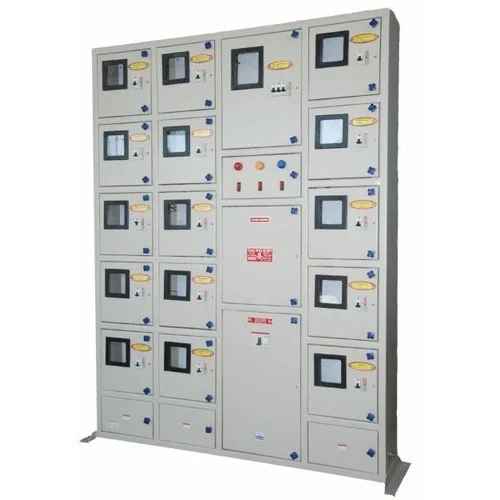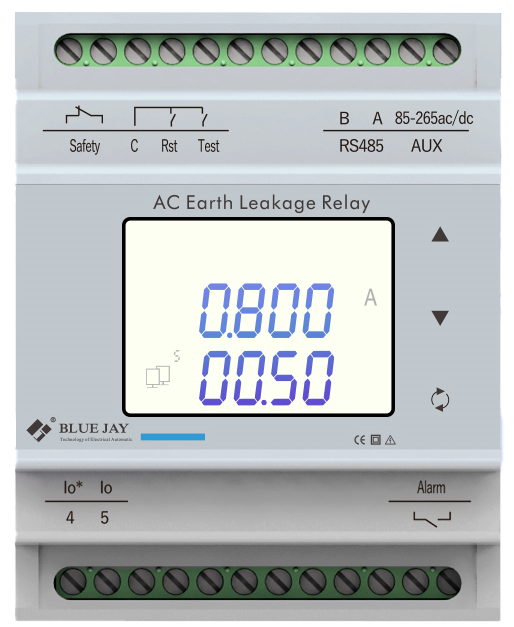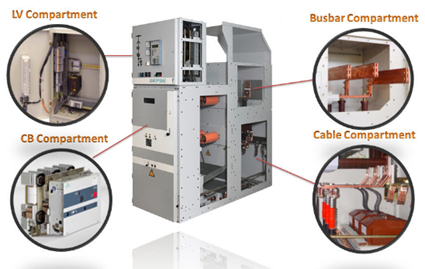This article will take an in-depth look at the different types of switching power supplies, including how they work, their advantages, and their application areas.
Switching power supplies are a common power solution in electronic equipment, and their high efficiency and compact size make them popular in a variety of applications. There are 5 types of Switching Power Supplies: Switch-Mode Power Supplies, Switching Forward Converters, Switched-Mode Power Inverters, Switched-Mode Voltage Regulators, and Switching Voltage Regulators.

1. Switch-Mode Power Supplies (SMPS)
Switch mode power supplies are the most common type of switching power supplies. They operate through high-frequency switching, using inductors and capacitors to stabilize the output voltage. SMPS can be divided into various topologies, including Buck, Boost, Buck-Boost, Flyback, etc.
How it works: Switch-mode power supplies use high-frequency switching devices, such as transistors or MOSFETs, to switch the input voltage into a pulse signal. These signals are then filtered through inductors and capacitors to provide a stable output voltage.
Advantage:
• High efficiency: Efficiency is usually higher than linear power supplies due to small amounts of energy loss.
• Small size: suitable for space-constrained applications.
• Strong adaptability: can adapt to different input voltage ranges.
Application: computer power supply, communication equipment, home appliances, etc.
2. Switching Forward Converters
A switching power supply is a type of switching power supply used in industrial and communications applications. Their design allows for efficient energy transfer, usually through inductive and magnetic components. Forward Converters can handle different input voltage ranges and provide stable output.
Working principle: The switching preamplifier stores and transmits energy through the inductor. They operate similarly to switch-mode power supplies but are typically used in industrial and communications applications with higher current and voltage requirements.
Advantage:
• High efficiency and energy transfer.
• Suitable for industrial automation and telecommunications base stations.
Application: Factory automation, telecommunications base stations, military equipment, etc.
3. Switched-Mode Power Inverters
A switching power supply inverter converts DC power into AC power. They are widely used in solar power generation systems and electric vehicles. Available in single-phase and three-phase, these inverters convert DC energy into grid-compatible alternating current.
How it works: A switching power supply inverter converts DC power into AC power. They use high-frequency switching devices to generate AC output.
Advantage:
• Provides grid-compatible AC power.
• Used in solar power systems and electric vehicles.
Application: Solar power generation systems, electric vehicles, UPS, etc.
4. Switched-Mode Voltage Regulators
Switching power supply regulators are used to stabilize the output voltage, and common types include buck and boost types. They play an important role in portable devices, communication equipment, and wireless transmission. These regulators are able to provide precise output voltages to meet the needs of different applications.
Working principle: A switching power supply regulator is used to stabilize the output voltage. They maintain precise output voltages through high-frequency switching operations.
Advantage:
• Stable output voltage.
• Suitable for portable devices and communication equipment.
Application: Portable devices, communication equipment, wireless transmission, etc.
5. Switching Voltage Regulators
A switching power supply regulator is a power management device that provides stable power in electronic devices.
Working principle: The output voltage is adjusted through efficient switching operation to ensure stable operation of the device.
Advantage:
• Efficient power management.
• Suitable for mobile devices and electronic embedded systems.
Application: mobile devices, electronic embedded systems, communication equipment, etc.
Each type of switching power supply has its own unique characteristics and applicability. Proper selection of the type suitable for a specific application is critical to ensuring the performance and efficiency of electronic equipment. Before using it, be sure to learn more about each type of switching power supply and how it works to meet your specific needs.






